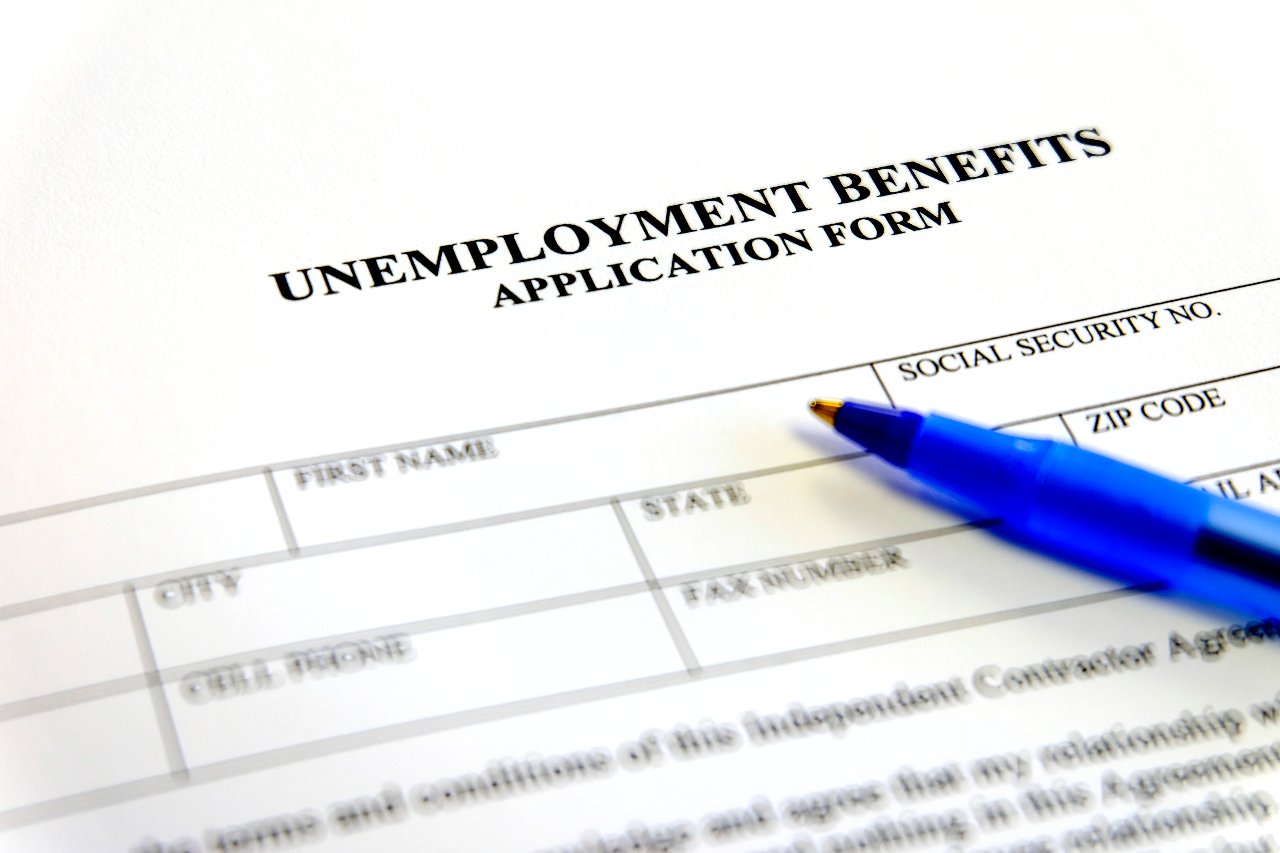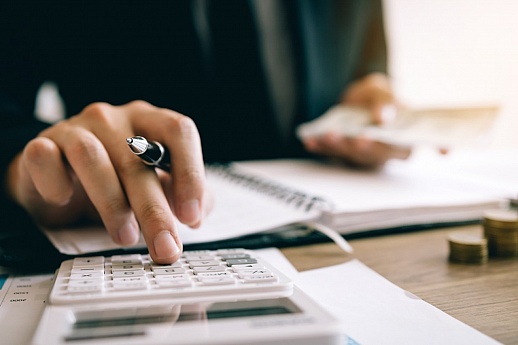The Characteristics and Types of Poverty
“The world is a dangerous place, not because of those who do evil, but because of those who look on and do nothing.” Albert Einstein
Poverty is a growing problem with consequences such as homelessness and crime affecting all walks of life.
Specifically, 356 million children are impoverished. Moreover, 5.4 million children die every year, or 10 children every minute, as the World Economic Forum reports. In addition, there are 46.1 million unemployed adults aged 18 to 64, 13.8 million of which live in poverty, according to the Federal Safety Net.
Furthermore, it is important to note that the link between poverty and crime in US states is not limited to just one type of poverty, but rather it is a complex issue that affects different segments of society.
This article discusses the causes and types of poverty and the steps to overcome poverty.
What Is Poverty?
Poverty is a condition in which people lack the means to satisfy their basic needs, which are necessary for survival. In addition, poverty occurs when a person lacks the necessary financial resources and essentials to keep up with the minimum standard of living.
According to the World Bank, 689 million people are extremely poor, with daily spending of less than $1.90. In addition, other research reveals that up to two-thirds of the people living in extreme poverty worldwide will face conflict-affected situations by 2030, such as increased unemployment and damage to countries’ infrastructures.
Specifically, in the U.S., the official 2021 poverty rate was 11.6%. This made up 37.9 million people, up from 33.9 million in 2019, as the United States Census Bureau reported.
Additionally, in 2020, the poverty income threshold for a family of four with two children under 18 is $26,246 per year.
Causes of Poverty
The causes of poverty can vary in different nations and regions. According to research, some of the major causes of poverty include the following:
Unemployment
Unemployment can push people into poverty as they lack a source of income to afford housing and food.
 Specifically, the global unemployment rate dropped to 6.2%, according to the International Labor Organization (ILO). Moreover, the rate is expected to stay above 5.4% (2019 levels) until 2023.
Specifically, the global unemployment rate dropped to 6.2%, according to the International Labor Organization (ILO). Moreover, the rate is expected to stay above 5.4% (2019 levels) until 2023.
War or Geopolitical Unrest
War disrupts livelihoods and access to money, thus fueling poverty. According to the Institute for Economics and Peace, 10 of the most affected countries lost 41% of their economic output because of war-related conflict and violence in 2019.
Specifically, war impedes food production and import, leading to rapid inflation of food prices and living costs. As a result, it becomes challenging for people to earn money to buy food. Moreover, the money they have buys less.
Households’ Inability to Own Property
Based on the United Nations Development Program’s definition, income isn’t the only measure of poverty. Instead, access to housing is foundational in allowing families to live decent lives.
Specifically, Harvard University’s Joint Center for Housing Studies for 2019 reveals that about 38 million American households (31.5%) spend over 30% of their incomes on housing because they don’t own property.
As a result, they have a difficult time paying for food, transportation, and health. In addition, housing poverty can also include a lack of access to electricity and water.
Surging Living Costs
The global cost-of-living crisis is expected to force 71 million people in the poorest countries to live in extreme poverty, as a recent U.N. Development Programme (UNDP) report shows. Specifically, surging food, housing, and energy costs make it challenging for people to make ends meet.
 Other causes of poverty include:
Other causes of poverty include:
- Poor education that limits job opportunities
- Lack of access to credit because of bad credit history
- Natural disasters
- Drug addiction
- Mental health issues
How Poverty Is Measured
In the U.S., poverty thresholds appeared between 1963 and 1964. The U.S. Census Bureau establishes these thresholds and updates them annually. The threshold or line represents the minimum income level that qualifies as poverty.
Specifically, the Census Bureau establishes poverty status based on an official poverty measure (OPM). The latter compares pre-tax cash income against the mentioned threshold. And this threshold is established at three times the cost of a minimum food diet. In addition, it varies based on family size, composition, and the age of individuals in the household.
For example, based on 2021 poverty guidelines, $26,500 is the poverty threshold for a family of four in the District of Columbia.
- A household income above 100% of its threshold is “above the poverty level.”
- Income above 100% but below 125% is “near poverty.”
- Income at or below 100% is “in poverty.”
- Income below 50% of the threshold is in “severe” or “deep poverty.”
What Is the Federal Poverty Level (FPL)?
The federal poverty level (FPL) or line is an economic measure used to determine whether an individual or family is eligible for federal benefits based on income level.
Specifically, such benefits can include housing vouchers, Medicaid, and the Children’s Health Insurance Program (CHIP). CHIP and Medicaid provide free or low-priced health coverage to millions of Americans.
The FPL varies by family size. For example, if there is one person in the household, then the FPL is $13,590 in the 48 contiguous states. The chart shows the FPL for up to eight members of a household:
|
Number of People in Household |
48 Contiguous States |
Alaska |
Hawaii |
|
1 |
$13,590 |
$16,990 |
$15,630 |
|
2 |
$18,310 |
$22,890 |
$21,060 |
|
3 |
$23,030 |
$28,790 |
$26,490 |
|
4 |
$27,750 |
$34,690 |
$31,920 |
|
5 |
$32,470 |
$40,590 |
$37,350 |
|
6 |
$37,190 |
$46,490 |
$42,780 |
|
7 |
$41,910 |
$52,390 |
$48,210 |
Relative Poverty vs. Absolute Poverty
It is important to understand just what absolute poverty is and what relative poverty is, and how these are different from other types of poverty as well. Let's look at these more closely to see what they mean and how they relate.
What Is Absolute Poverty?
Absolute or extreme poverty is a condition in which people can’t meet their basic life needs, such as accessing food, shelter, safe drinking water, education, and healthcare.
This type of poverty uses a set of income levels to compare households. Namely, this level varies in different countries based on the overall economic conditions. For example, it can be caused by poor infrastructure and war in that area.
What Is Relative Poverty?
Relative poverty or deprivation occurs when households receive 50% less compared to the median household income. It can be caused by unemployment and poor health. For instance, one might live paycheck to paycheck but have food on the table.
People living in relative poverty don’t enjoy the same standards as others in the country. This may refer to access to the Internet, clean clothes, or even education. For instance, in 2021, the national average income was $64,140 in the U.S. So, anyone living on a wage of less than $38,484 would be living in “relative poverty.”
Other Types of Poverty
According to Compassion International, poverty increased by 150 million people worldwide in 2020 and 2021. This is the first rise in the global rate in 20 years.
Aside from absolute and relative poverty, what are the other types of poverty?
Situational Poverty
Situational poverty refers to the lack of financial resources caused by a particular event and is typically temporary. These events can include a job loss, the death of a spouse, divorce, a health issue, or an environmental disaster, such as an earthquake.
Urban Poverty
Urban poverty typically occurs in industrialized societies. In this case, poorer immigrants move into urban regions to find jobs or access better public services.
However, unfortunately, most of the urban poor end up living in unregulated and overcrowded districts with unsafe and unhealthy conditions. Particularly, this is caused by disparities in employment opportunities that lead to lower wages.
Rural Poverty
Rural poverty is typical of rural areas without proper roads. As a result, people have difficulty accessing products used in farming, such as feedstuffs and fertilizers. Thus, the rural poor are isolated from technological advances and markets.
Additionally, this type of poverty can be caused by culture, climate, and public policy in a given area. Specifically, many individuals living in rural poverty are family farmers and landless agricultural workers.
According to Compassion International, the poverty rate is three times higher in rural areas compared to urban cities.
How to Overcome Poverty
It is possible to overcome poverty. For example, according to the Economic History Association, a strong economy helped reduce the U.S. poverty rate in half between 1959 and 1973.
There is more than one solution to reduce poverty. Some of the most common solutions include higher minimum wages, higher employment rates, and easier access to healthcare. Other ways to overcome poverty include:
Prioritize Education
“The foundation of every state is the education of its youth,” Greek philosopher Diogenes said.
 The good news is that it’s possible for some to attend college for free. For example, one can apply for grants and scholarships. Specifically, almost every state offers a financial aid program to help students pay for college. To be eligible, the applicant must be a resident, fill out the Free Application for Federal Student Aid (FAFSA), and attend an in-state school. Other requirements exist as well.
The good news is that it’s possible for some to attend college for free. For example, one can apply for grants and scholarships. Specifically, almost every state offers a financial aid program to help students pay for college. To be eligible, the applicant must be a resident, fill out the Free Application for Federal Student Aid (FAFSA), and attend an in-state school. Other requirements exist as well.
Government Assistance
There is more than one government-backed program people can apply for to fight poverty.
- Safety net programs (SNP) help people get out of economic crises by meeting some basic needs.
In addition, these programs also include unemployment benefits and the Earned Income Tax Credit (EITC). The latter is a tax credit allowing eligible applicants to cut the taxes they owe.
- Supplemental Nutrition Assistance Program (SNAP)
SNAP supplements the grocery budget of the poor. To be eligible for SNAP benefits, the household income must be below 130% of the national poverty line.
- Low Income Home Energy Assistance Program (LIHEAP)
LIHEAP helps cover energy costs, including bills, weatherization, and minor energy-related home repairs. The maximum qualifying income for a family of four is $41,625 per year.
- Special Supplemental Nutrition Program for Women, Infants, and Children (WIC)
Medicaid is largely income-based. As a rule, applicants must be 100% to 200% below the federal poverty line to qualify for the program. Unemployed individuals can apply through the Affordable Care Act (ACA). Specifically, uninsured individuals can receive affordable health insurance through this program.
Rental Assistance Programs
Rental assistance enables families to meet their housing needs. In addition, it helps lower rental costs, allowing individuals to have more financial resources to meet other basic needs, such as food and clothing.
Rental assistance programs are offered by the Department of Housing and Urban Development (HUD), and the Department of Agriculture helps families with little or no income cover their housing costs. Particularly, a family must have a “low income” (below 80% of the local median) to qualify.
Sum Up
People fall into poverty when they lack enough income to meet their basic needs, such as food and housing. People may fall into this condition because of various factors, including unemployment, inability to own property, and lack of education. The good news is that solutions such as Safety Net initiatives, Rental Assistance Programs, and access to education can help people fight poverty.





